Table of Contents
TRANSCRIPT
Two months ago, a story went viral on YouTube about a woman who had kidney damage from taking a common vitamin for two months. Over 70 YouTube videos cover this story, and many of them look similar. Together, they’ve been seen by millions of viewers. And this is worrying because after watching almost all of these videos and thoroughly researching the topic, we discovered that not only do they contain several pieces of misinformation, but they also give false claims and misleading advice about kidney health. Many people, especially those without a background in science, may fall for these claims and end up making bad—and sometimes dangerous—choices for their health, specifically their kidneys.
So, without further ado, let’s get into details.
Those videos say the woman’s kidneys failed from taking too much vitamin C. They even conclude that vitamin C can “destroy” your kidneys. But one cannot simply make such a bold claim based on just one case study. And the bigger problem is the case study that they refer to doesn’t even exist in real life.
We’ve spent weeks going through all the material we could find about this story and have verified everything along the way. So we’ll go over the results of our research in this video, to help you see vitamins and kidney health in a clearer light. We’ll also share tips on how to sift through information so you can make safe and smart decisions for your health in the future.
Before we dive in, please note, all the information in this video is created by real people, thoroughly fact-checked, unbiased, and reviewed by qualified professionals.
A Suspicious Story
Let’s start with the story they shared. According to various health channels on YouTube, here is what they say happened: In December 2012, a 55-year-old woman with kidney disease was brought to the emergency department. She was extremely weak and had swelling, a very slow heart rate, and a body temperature of 93°F (33.9°C). Her kidney function was rapidly failing with high serum creatinine levels of 3,530 milligrams per deciliter, a number much higher than she’d had two months before. She had stopped producing urine, and her body was overwhelmed with toxins, so she needed immediate dialysis in the intensive care unit (ICU). And surprisingly, the medical team discovered that a vitamin C supplement was the cause.
This case seems to highlight the potential dangers of vitamin C, right?
Well, maybe. We searched for the actual facts in this case since none of the videos provide source references. At first, we couldn’t find any reliable news reports that aligned with the details they describe. But after delving deeper, we found a very similar case, which was actually reported in the journal Cureus in 2022, not 2012. This article is the only trustworthy source we found regarding a 55-year-old woman with acute kidney injury (AKI) that was thought to result from vitamin C toxicity (1). Some of the other details match closely, so it’s highly likely this case is the one these videos are talking about.
So now, we’ll review some more of the incorrect information.
First, let’s look at the serum creatinine level, a key marker for kidney function. Normal levels for women are about 0.6–1.1 milligrams per deciliter, and higher levels often mean your kidneys are having trouble (2).
When the woman in this case got to the emergency department, her creatinine level was actually 35.3 milligrams per deciliter (1), which is extremely high and indicated that her kidneys were failing. Things got interesting when we saw the many YouTube videos claiming her serum creatinine level was 3,530 milligrams per deciliter, which is 100 times higher than the number reported in the case study. For comparison, the highest serum creatinine level recorded so far is 73.8 milligrams per deciliter (3), much lower than the number those videos claim she had. So, even if the case study we found was not the same one, they are making an impossible and wildly inaccurate claim.
The timing is another suspicious detail. They claim her creatinine level was much higher than it was two months before. However, we couldn’t find that information from the original report of this case—our only reliable source (1). There is no information about how long she had taken the vitamin C or what her serum creatinine level had been two months prior. The report does mention that, four months before this incident, her creatinine was 2 milligrams per deciliter (the range of normal is 0.6–1.1 milligrams per deciliter). This confirms that she did have chronic kidney disease (CKD).
Given the similarity of the facts reported in the published case in Cureus, we feel there is enough evidence to refute some of the inaccurate statements made in these videos, which are clearly lacking in credibility at certain points.
We decided to try our best to provide information that will keep people from following the faulty claims and advice they contain. We will walk you through these claims one by one.
Wrongful Claim #1: Vitamin C Can “Destroy Your Kidneys”
This is the most significant claim in these videos and should be addressed first. Some of their other advice regarding different vitamins could also be harmful if followed, so stay tuned to learn what to be cautious about.
Regarding the woman’s AKI, in these videos, they assert that “the central focus of her health debacle was none other than vitamin C.” This implies that vitamin C was solely responsible for her kidney issues.
However, remember when they reported her serum creatinine level as 3,530 milligrams per deciliter? As we previously pointed out, that’s simply not possible. No one can have a creatinine level that high, regardless of vitamin C intake.
Also, it’s crucial to note that these videos completely overlook key aspects of the patient’s medical history that could have contributed to her AKI.
If the data is not accurate and not exhaustive, the conclusions drawn from it are questionable.
Still, the question is left for us to answer: Did vitamin C actually cause AKI?
Let’s take a close look at the real case reported in Cureus—the only reliable source that has the patient’s medical history. We’ll provide a clear analysis of how vitamin C actually impacts kidney health, both in this particular case and in general. Because, again, you cannot simply draw a conclusion based solely on one case study.
In the Cureus case, the doctors also presumed that taking too much vitamin C caused the woman’s AKI. But they also stressed something important: the dosage.
And that’s true! Let’s acknowledge that taking vitamin C is generally perceived as safe; however, excessive intake can cause acute kidney damage in individual cases, especially in people with pre-existing kidney disease (4, 5).
Here’s how:
Once vitamin C enters your body, it is broken down into oxalate (6). Oxalate is a major component of calcium oxalate crystals—the most common type of kidney stones (7). Patients with kidney disease have trouble filtering and excreting calcium oxalate from the body, which increases the risk of oxalate crystals forming and building up in certain organs (4, 8).
These crystals can deposit in the kidney tubules, leading to obstruction, inflammation, tissue damage, scarring, and eventually shrinking of the tubules (7, 9). In other words, if you take vitamin C in excess, this can increase the risk of AKI from crystal deposition and kidney stones. This is especially the case for people who already have kidney disease (1, 4, 10).
Now, turning to the case of the 55-year-old woman, the doctors presumed her AKI was from excessive vitamin C because her lab tests for other causes were negative, and her kidney ultrasound showed a large number of small kidney stones. Additionally, a kidney biopsy revealed oxalate crystals, causing scarring of the tissue (1).
When they looked at her medication history, it appeared she had been taking at least 1,000 mg of vitamin C daily from a supplement and an unknown amount from a daily multivitamin. However, her complicated history and other medical conditions made it hard for doctors to determine her exact intake before she was hospitalized (1). But to give you an idea, the recommended daily amount for vitamin C is just 75–90 mg for adults (11). So, taking over 1,000 mg is like having ten times more than needed.
At this point, it’s reasonable to conclude that her excessive vitamin C intake did contribute to her AKI. However, in our assessment, there isn’t sufficient evidence to assert that vitamin C was the sole cause in this particular case, much less as a general conclusion.
There is much more to this case than the patient’s vitamin C intake. Her medical history, dietary habits, and supplements and medications intake must also be considered before making any conclusion. Let’s have a quick look at these factors.
Medical history
The patient already had chronic kidney disease, as seen by her high creatinine level 4 months prior. In addition, she had a history of hypothyroidism but was not taking her thyroid medication as prescribed. On her arrival in the ED, she was thought to have a severe hypothyroid condition known as myxedema coma, which had caused her to become confused and pass out (1, 12).
Myxedema coma can also lead to significant metabolic abnormalities, resulting in metabolic acidosis, which means the blood becomes too acidic (13). This can hinder a process that normally prevents oxalate buildup. Even though her acidity wasn’t severe when she was admitted, her acidosis probably created a favorable condition for oxalate buildup and kidney injury (1).
Other factors that may have triggered her AKI
Oxalate buildup, which can cause AKI, can also result from lifestyle choices like not drinking enough water or consuming triggering foods. If she had been eating a lot of high-oxalate foods like nuts, chia seeds, and green smoothies, her risk for oxalate crystal deposition might have been increased (14, 15). A diet rich in sugar, salt, and animal proteins can also increase this risk (15, 16).
Turning back to the original report in Cureus, it didn’t mention her dietary factors, and her initial blood oxalate levels had not been measured (1), so it’s just a possibility to think about.
Considering her health background, it’s important to review the medications she was taking before being hospitalized. According to the published case, these included vitamin C 1,000 mg daily, calcium 500 mg, digestive enzymes, docusate 100 mg, cranberry 500 mg, a multivitamin (ingredients not specified), omeprazole 20 mg, Miralax 17 g daily, vitamin D 5,000 units daily, and Synthroid (a brand of thyroid hormone) (1).
Besides the vitamin C, it’s uncertain if any of the other supplements are related to her AKI. However, her high vitamin D intake should be considered. According to the U.S. Office of Dietary Supplements (ODS) and the U.K. National Health Service (NHS), in adults, the recommended prophylactic upper intake level for vitamin D is 4,000 IU/day (17, 18). Adults with vitamin D deficiency should be treated with 6,000 IU/day for up to three months (19, 20). Patients with chronic kidney deficiency are prone to developing vitamin D deficiency.
In the discussed case, it is mentioned that the patient took 5,000 IU of vitamin D every day. However, her history of diagnosed vitamin deficiency or the duration of the treatment was not discussed. Excessive vitamin D intake may increase calcium levels in the blood, and consequently, they may deposit in the kidney as stones (21). Although vitamin D toxicity is rare, it’s recommended to be cautious with high doses.
Just like vitamin D, cranberry juice has also been linked to a higher risk of oxalate stone formation (22, 23, 24). Also, cranberry supplements, like the 500 mg daily dose this patient took, can increase urine oxalate levels (25). However, the U.S. Pharmacopeial Convention (USP), an organization that sets standards for dietary supplements, decided that there isn’t enough evidence to require warning labels on cranberry supplements for kidney stones (26). Cranberry juice and supplements are widely used to prevent or treat urinary tract infections, so be mindful of the risk (27).
To sum this up, this patient’s AKI could have been primarily due to excessive vitamin C intake, but other factors, such as dietary habits, chronic diseases and medications prescribed for these conditions, and complications of untreated hypothyroidism, also might have contributed. We can’t point the finger at vitamin C from just this particular story.
The most important takeaway is that one case study alone isn’t enough to guide your health decisions, such as making major changes to your diet or changing doses of any supplement. It’s always important to consult with your healthcare provider before making such changes. Cases like this one are uncommon and should be understood in context.
Now, we’ll go over some more sketchy advice given in those YouTube videos. Stay tuned! Right after that, we’ll share tips on fact-checking so you can detect misinformation online.
Read more: Can Stress Cause Chest Pain: Symptoms and How To Relieve It
Wrongful Claim #2: The recommended intake of vitamin C
Many of the videos claim that the daily intake of 1,000 mg of vitamin C is “commonly recommended to boost immunity and fight vitamin deficiencies.”
But the truth is quite different. The NHS recommends just 40 mg of vitamin C daily for adults. They consider up to 1,000 mg safe, but that is the upper limit, not the recommended dose (28). The ODS recommends 75 mg for women and 90 mg for men, with a safe upper limit of 2,000 mg (11). So, taking 1,000 mg of vitamin C a day is closer to the upper limit and far from the recommended daily dose, although still within the safe range.
Some patients take high doses of vitamin C, hoping to cure diseases, without first checking with their doctors. However, the benefits of large doses are unproven, and studies have shown an increase in stone formation with doses of more than 1,000 mg/day (29).
The Canadian Urological Association advises keeping vitamin C intake under 1,000 mg/day to avoid kidney stones from excess oxalates (30), but American and European guidelines for stone disease don’t specify these limits (31, 32).
Note that our bodies are pretty good at keeping things in balance. Even if you take a 1,000 mg vitamin C supplement, it doesn’t mean all of it remains in your body. It goes through your digestive system first, then it is absorbed and enters the bloodstream, where it is transported to your tissues. When you take 100 mg or more daily, your cells get saturated with vitamin C. Taking more than 200 mg at once will just slightly increase the levels of vitamin C in your blood, and the excess will be excreted in the urine (11).
That’s why increasing doses will not give more beneficial effects as expected, especially when you can get enough vitamin C from foods. For example, half a cup of red pepper, strawberries, Brussels sprouts, or broccoli, or a medium orange or kiwi fruit already gives you 50 to 100 mg of this vitamin (11).
Now, all of this gets more complicated for people with kidney disease. Vitamin C deficiency is common in the later stages of CKD, especially in patients with kidney failure on dialysis (33, 34). Dialysis takes over the kidneys’ function of filtering waste, and each session can remove several hundred mg of vitamin C (8), which is a lot. Moreover, people on peritoneal dialysis might feel full from the dialysis fluid in their belly and might not eat enough (35). Also, people with CKD need to limit potassium in their diets, but many potassium-rich foods are also high in vitamin C.
In fact, plasma vitamin C levels in patients on dialysis are often below 10 μM, a level that can cause scurvy. Some even have levels below 2 μM, whereas the normal range is between 30 and 60 μM (8, 36). That’s why patients on dialysis often need vitamin C supplements with personalized doses.
Wrongful Claim #3: The recommended intake for vitamin D and K2
Those videos also point out four other vitamins that might harm your kidneys: B12, E, A, and D. This is technically true. People with kidney disease do need to avoid taking large doses of these vitamins (37).
However, some of the advice on the form and dosage you should take seems questionable. In the scope of this video, we won’t go into as much detail as we did with vitamin C, but we’ll make sure you have the important information by quickly fact-checking those recommendations.
First, regarding vitamin D, some of the videos recommend taking “no more than 2,000 IU (50 micrograms) daily, along with 100 milligrams of vitamin K2 and magnesium, to prevent arterial calcification”. We’re not sure where they got those numbers from, but let’s see what the authoritative sources have to say.
The NHS recommends 400 IU of supplemental vitamin D a day for most people and sets the upper limit at 4,000 IU a day for adults (17). The ODS agrees with this upper limit but recommends 600 IU for adults under 70 and 800 IU for those over 70 (18, 38). So, those videos suggesting 2,000 IU of vitamin D a day might be recommended for some people, but it’s important to discuss this with your doctor.
Now, the videos do make a good point about combining vitamin D with K2. Simply put, vitamin D helps your body absorb more calcium to strengthen bones, prevent muscle cramps, and avoid osteoporosis (18). However, too much calcium can build up in your blood vessels and increase the risk of heart disease. Vitamin K2 helps keep calcium in your bones and joints, where it’s needed, and out of arteries, reducing the risk of vascular damage (39).
Fair enough, but suggesting 100 milligrams of vitamin K2 daily is way too much. According to the NHS, adults need about 1 microgram of vitamin K for each kilogram of body weight (40). So, if you weigh 50 kilograms, you’d need around 50 micrograms daily. The ODS also recommends a daily dose of 90 micrograms for women and 120 micrograms for men (41). Note that a milligram is 1,000 times more than a microgram. So, the 100 milligrams of vitamin K2 the videos suggest is 1,000–2,000 times more than recommended!
Wrongful Claim #4: The forms of vitamin E
Let’s talk about another questionable claim. Some videos state that alpha-tocopherol is the synthetic form of vitamin E.
This is partly true because both natural and synthetic vitamin E can be alpha-tocopherol. Naturally sourced vitamin E is often labeled as d-alpha-tocopherol, while the synthetic form is dl-alpha-tocopherol. The “dl” indicates it contains both the helpful natural “d” form and a less effective synthetic “l” form. You need to take larger amounts of dl-alpha-tocopherol to get the same amount of beneficial vitamin E that you would receive with the natural version (42).
But note that the term “alpha” in vitamin E does not indicate whether it’s synthetic or natural. “Alpha” simply indicates a type of tocopherol, which is the only form of the vitamin meeting human requirements (42).
Natural vitamin E exists in eight forms—alpha, beta, gamma, and delta-tocopherol, and alpha, beta, gamma, and delta-tocotrienol (42). Some studies suggest that a few of these other forms have potent antioxidant properties that might be more helpful than alpha-tocopherol in fighting chronic diseases (43). This is an ongoing field of research, and scientists haven’t reached any conclusions yet.
Their confusion about the form of vitamin E reminds us to learn more before buying vitamins. Now, we’ll share some tips for choosing the right supplements.
Tips for selecting vitamins
First, your body benefits most from vitamins found in natural food sources. If you don’t have any known deficiencies, before turning to supplements, try consuming the foods known to be high in the vitamin you are searching for.
However, in cases like later-stage CKD, patients may need vitamin C and D supplements because dietary sources might not be sufficient (35).
Second, consult with a qualified health professional before selecting vitamins, as your individual needs can differ based on your health conditions and genetics. It might also be worth getting tested to see if you are deficient in any vitamin.
Third, when you start taking vitamins, do your own research to find the right ones in the correct forms. Multivitamins aren’t one-size-fits-all, so try to know your specific needs and make sure you aren’t getting doses that are too high when combining them with individual supplements. Also, determining the correct doses and timing is crucial since your body might not use up all the vitamins you take within 24 hours. That’s why taking certain vitamins every day or increasing the dose might just be wasting money. Also, the fat-soluble vitamins can build up in your body, creating levels that are too high. It’s best to have your doctor or dietitian help you determine when supplements are needed and the right dose for you.
Fourth, try to check the ingredients list when shopping. Some cheap vitamins may contain too many harmful additives like fillers (often sugar), bulking agents, modifiers, or coatings that could harm your kidneys in the long run. Spend a few minutes Googling them.
Fifth, consider the brand. The Food and Drug Administration (FDA) does not regulate supplements for what they contain nor approve them for any health claims (44). But you can try to find vitamins from a trusted, FDA-approved lab. You can also look for vitamin supplements certified by the National Sanitation Foundation or the website ConsumerLab.com. While finding companies that produce natural, non-GMO, organic supplements may take time, it’s a worthwhile investment in your health.
A balanced diet provides all the vitamins you need. Taking too many supplements without consulting your doctor can lead to kidney problems and other issues.
Tips for fact-checking claims
The internet is packed with all sorts of health advice and information. While it is a good thing because it gives us free access to valuable information, we need to ensure we are not following incorrect advice.
Take your time to research extensively, and make sure the information you find is reliable. That means it includes all the data, doesn’t miss important details, and doesn’t exaggerate the information.
One of the most important tips is to avoid jumping to conclusions from any single case study. Everyone reacts differently to medications and vitamins. The case of a woman with AKI from too much vitamin C is an example. Her kidney injury does not mean you should avoid supplemental vitamin C. Just take it, if needed, according to guidelines from authoritative sources. Also, don’t forget to talk to your healthcare provider about your treatment options, including the right dose, how long to take it, and any alternatives.
So, the next time you hear some news that sounds unusual or dramatic, be skeptical. It’s a good idea to double-check with trusted government sites (.gov), like the NIH, major universities (.edu), and original studies.
Also, always look out for conflicts of interest—they can reveal many mind-blowing facts. For instance, a study criticizing vitamins might be funded by a large pharmaceutical company that produces a drug for treating a particular condition, and research claiming diet soda has no harmful health effects could be sponsored by a soda company.
Summary
In this video, we’ve highlighted how risky it can be to base medical decisions on an online video, particularly one focused on a single case study. Those approximately 70 videos that featured the case of the woman overdosing on vitamin C and experiencing acute kidney injury might have unintentionally demonized this essential vitamin. Their conclusions could confuse people and complicate their ability to make health choices.
When it comes to vitamins, the dose and type you choose really matters. This applies to all vitamins, not just vitamin C. And here is a crucial note for patients with kidney disease: Your kidneys struggle to process many substances, so always consult your kidney specialist and dietitian before taking any supplements.
We hope this video is useful to you at some point.
Sources
- Acute Kidney Injury From Biopsy-Proven Renal Oxalosis From Excessive Intake of Vitamin C Leading to End-Stage Kidney Disease. 2022. Cureus.
- Creatinine blood test. 2023. MedlinePlus website.
- Highest Recorded Serum Creatinine. 2021. The Journal of pharmacy and pharmacology.
- Effect of Ascorbic Acid on the Kidneys. 2023. Ascorbic Acid – Biochemistry and Functions.
- Vitamin C-induced Acute Kidney Injury. 2017. Chonnam medical journal.
- Metabolism of L-ascorbic acid-1-C14 in man . 1958. The Journal of biological chemistry
- Hyperoxaluria. 2024. StatPearls.
- Vitamin C deficiency in dialysis patients—are we perceiving the tip of an iceberg? 2007. Nephrology Dialysis Transplantation.
- Megadose Vitamin C Prescription Through Alternative Medicine Leading to End-Stage Renal Disease: Case Study and Literature Review. 2023. Journal of investigative medicine high impact case reports.
- Pathophysiology and Management of Hyperoxaluria and Oxalate Nephropathy: A Review. 2022. American journal of kidney diseases : the official journal of the National Kidney Foundation.
- Vitamin C – Fact Sheet for Health Professionals. 2021. The Office of Dietary Supplements (ODS) website.
- Hypothyroidism (Underactive Thyroid). 2021. National Institute of Diabetes and Digestive and Kidney Diseases (NIDDK) website.
- Metabolic acidosis. 2023. MedlinePlus website.
- Diet-induced oxalate nephropathy from excessive nut and seed consumption. 2020. BMJ Case Reports.
- Eating, Diet, & Nutrition for Kidney Stones. National Institute of Diabetes and Digestive and Kidney Diseases (NIDDK) website.
- Diet and Stone Disease in 2022. 2022. Journal of clinical medicine.
- Vitamin D. 2020. The National Health Service (NHS) website.
- Vitamin D – Fact Sheet for Health Professionals. 2023. The Office of Dietary Supplements (ODS) website.
- Evaluation, treatment, and prevention of vitamin D deficiency: an Endocrine Society clinical practice guideline. 2011. Journal of Endocrionolgy and Metabolism.
- Vitamin D Dosing: Basic Principles and a Brief Algorithm (2021 Update). 2021, Nutrients.
- Vitamin D, Hypercalciuria and Kidney Stones . Nutrients.
- Effect of cranberry juice consumption on urinary stone risk factors. 2005. The Journal of urology.
- Effect of blackcurrant-, cranberry- and plum juice consumption on risk factors associated with kidney stone formation. 2002. European journal of clinical nutrition.
- The role of fluid intake in the prevention of kidney stone disease: A systematic review over the last two decades. 2020. Turkish journal of urology.
- Dietary supplementation with cranberry concentrate tablets may increase the risk of nephrolithiasis . 2001. Urology.
- Safety of Cranberry: Evaluation of Evidence of Kidney Stone Formation and Botanical Drug-Interactions. 2021. Planta medica.
- Cranberries for preventing urinary tract infections. 2023. The Cochrane website.
- Vitamin C. 2020. The National Health Service (NHS) website.
- Ascorbic Acid Intake and Oxalate Synthesis. 2016. Urolithiasis.
- UPDATE – Canadian Urological Association guideline: Evaluation and medical management of kidney stones. 2022. Canadian Urological Association.
- Medical Management of Kidney Stones: AUA Guideline. 2014. Journal of Urology.
- Urolithiasis. The European Association of Urology (EAU) website.
- Vitamin Needs and Treatment for Chronic Kidney Disease Patients. 2023. Journal of Renal Nutrition.
- Vitamin C deficiency and impact of vitamin C administration among pediatric patients with advanced chronic kidney disease. 2021. Pediatric nephrology (Berlin, Germany).
- Vitamin Supplement Use in Patients With CKD: Worth the Pill Burden? 2023. American journal of kidney diseases : the official journal of the National Kidney Foundation.
- Effect of Vitamin C Supplementation on C-reactive Protein Levels in Patients Undergoing Hemodialysis: A Randomized, Double Blind, Placebo-Controlled Study. 2014. Nephro-urology monthly.
- Association between Vitamin Intake and Chronic Kidney Disease According to a Variant Located Upstream of the PTGS1 Gene: A Cross-Sectional Analysis of Shika Study. 2022. Nutrients.
- Vitamin D – Fact Sheet for Consumers. 2022. The Office of Dietary Supplements (ODS) website.
- Proper Calcium Use: Vitamin K2 as a Promoter of Bone and Cardiovascular Health. 2015. Integrative medicine (Encinitas, Calif.).
- Vitamin K. 2020. The National Health Service (NHS) website.
- Vitamin K – Fact Sheet for Health Professionals. 2021. The Office of Dietary Supplements (ODS) website.
- Vitamin E – Fact Sheet for Health Professionals. 2021. The Office of Dietary Supplements (ODS) website.
- Pharmacological potential of tocotrienols: a review. 2014. Nutrition & Metabolism.
- Facts about Dietary Supplements. 2023. The Food and Drug Administration (FDA) website.





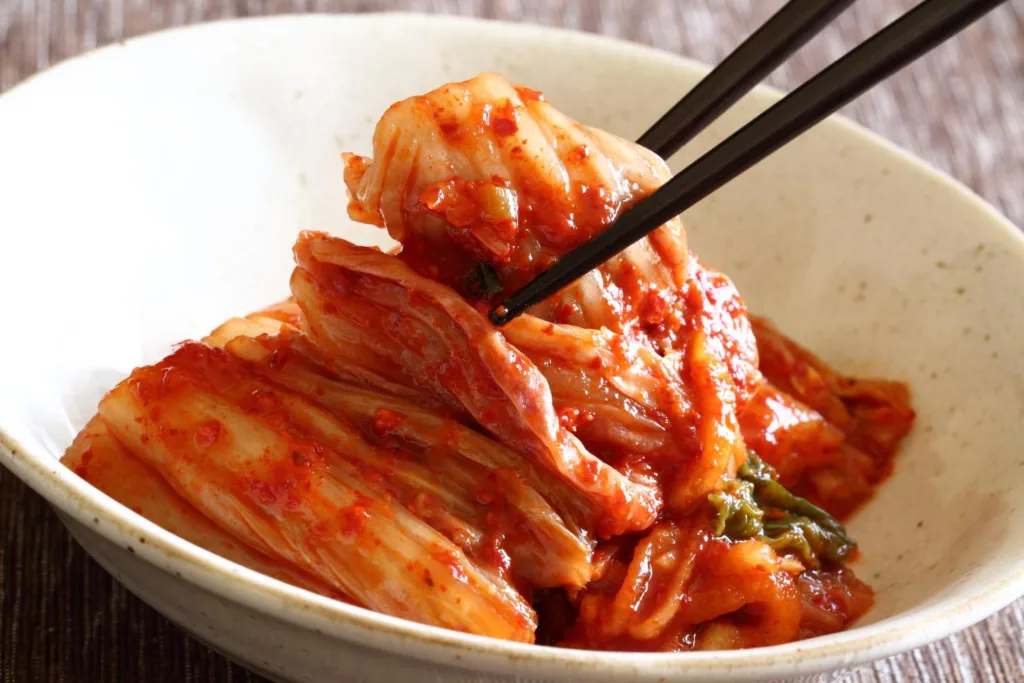

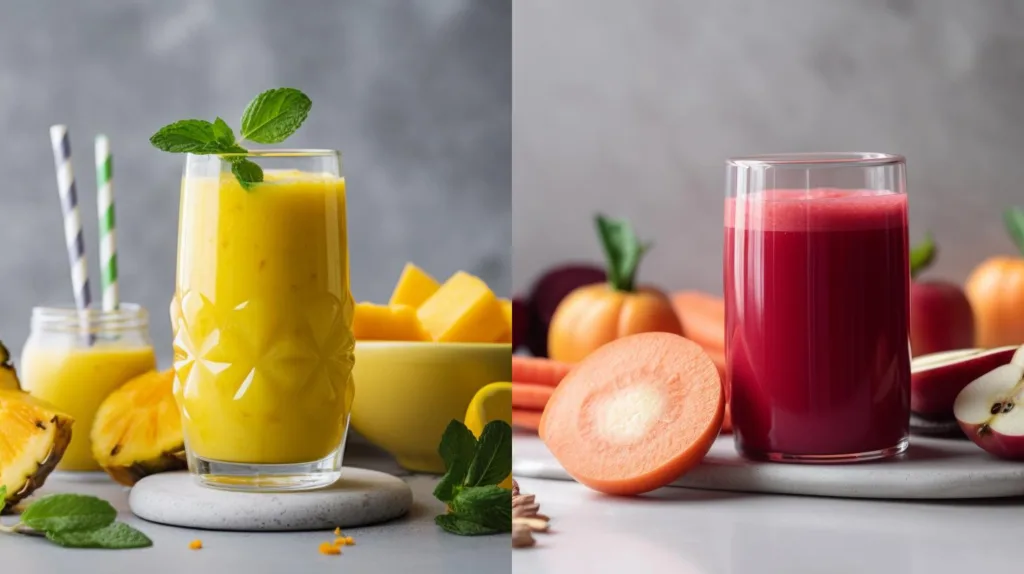
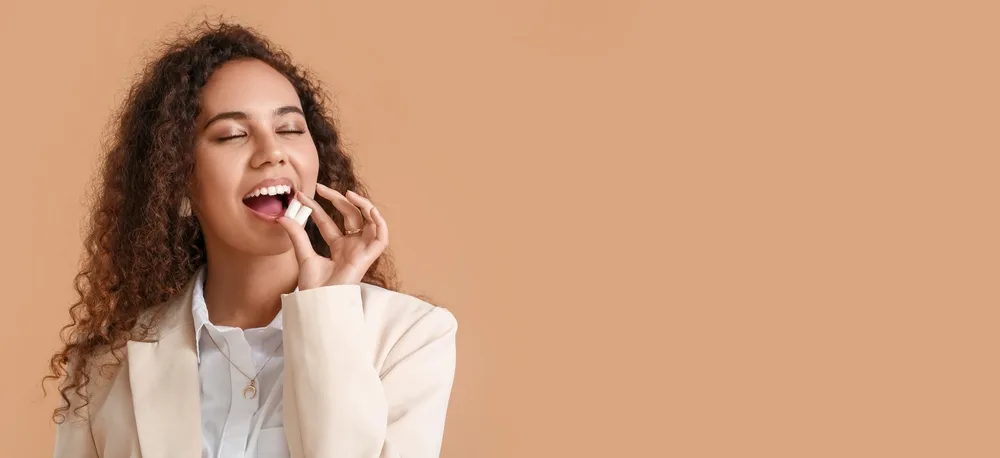
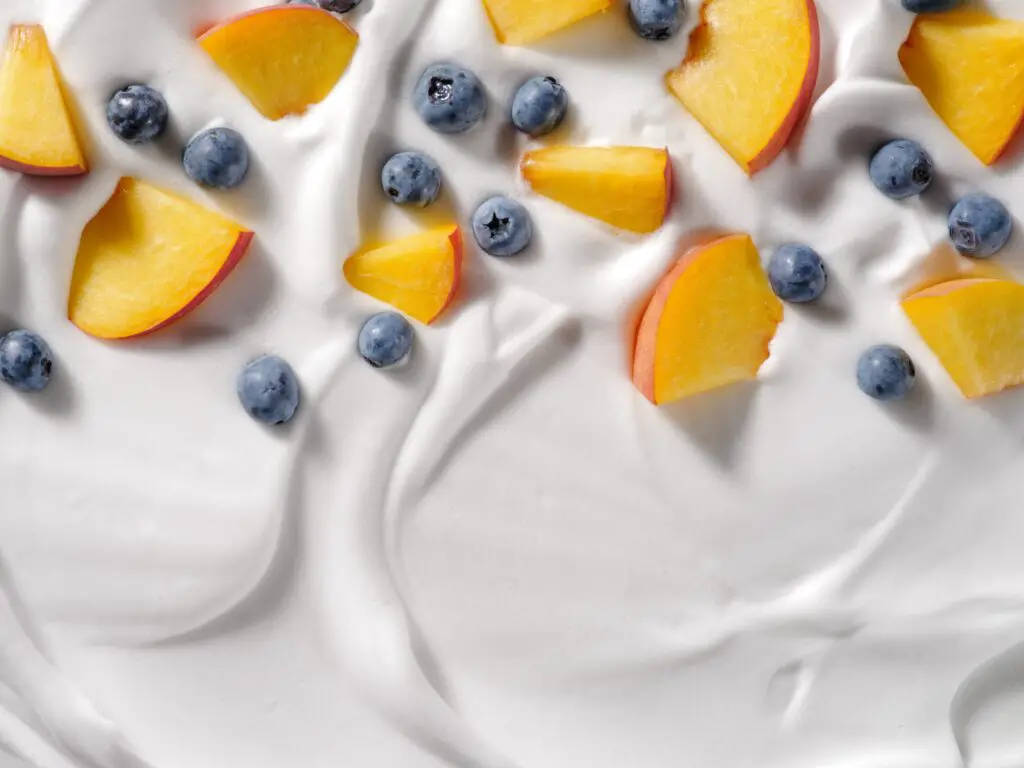




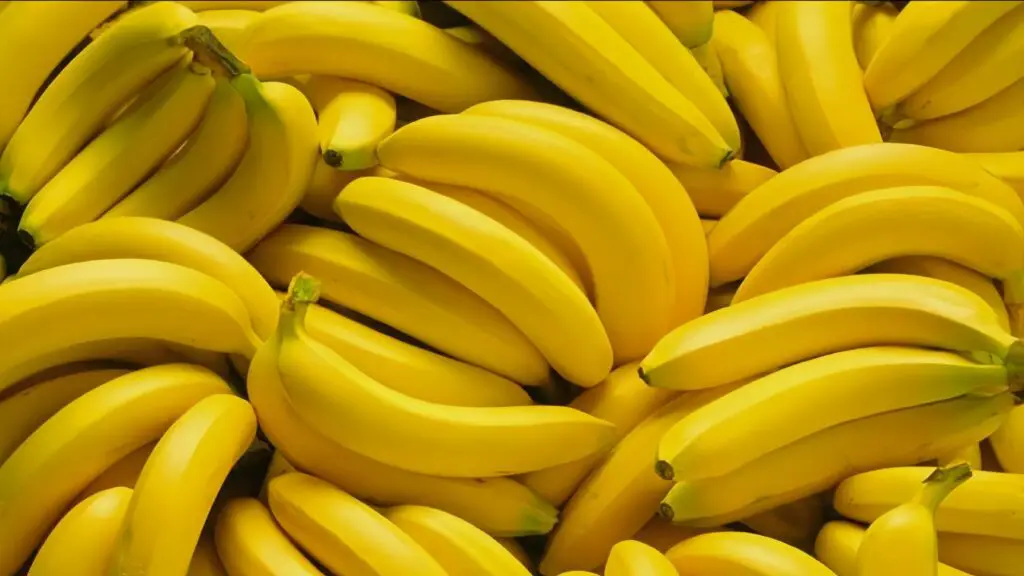
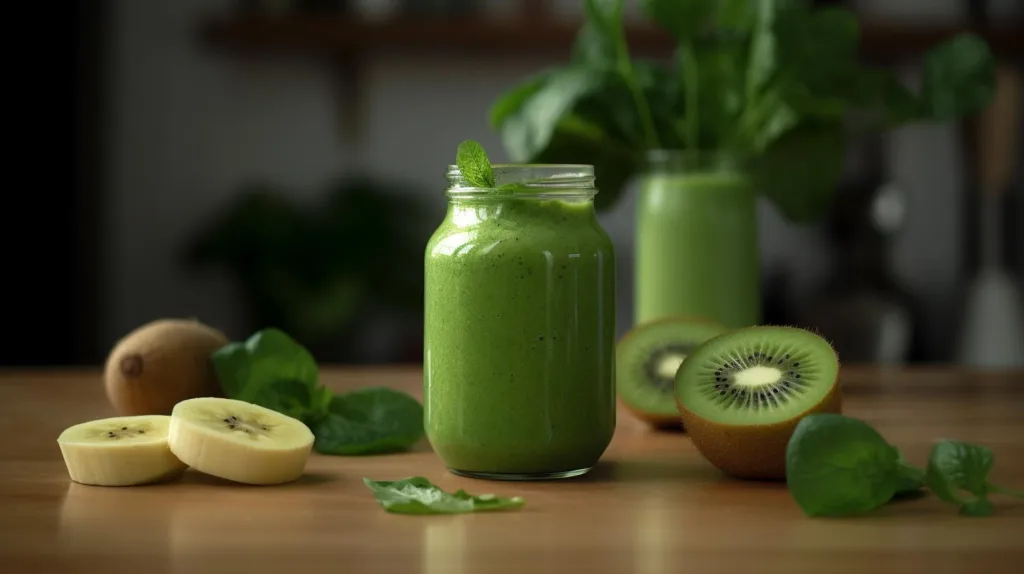

Comments
0